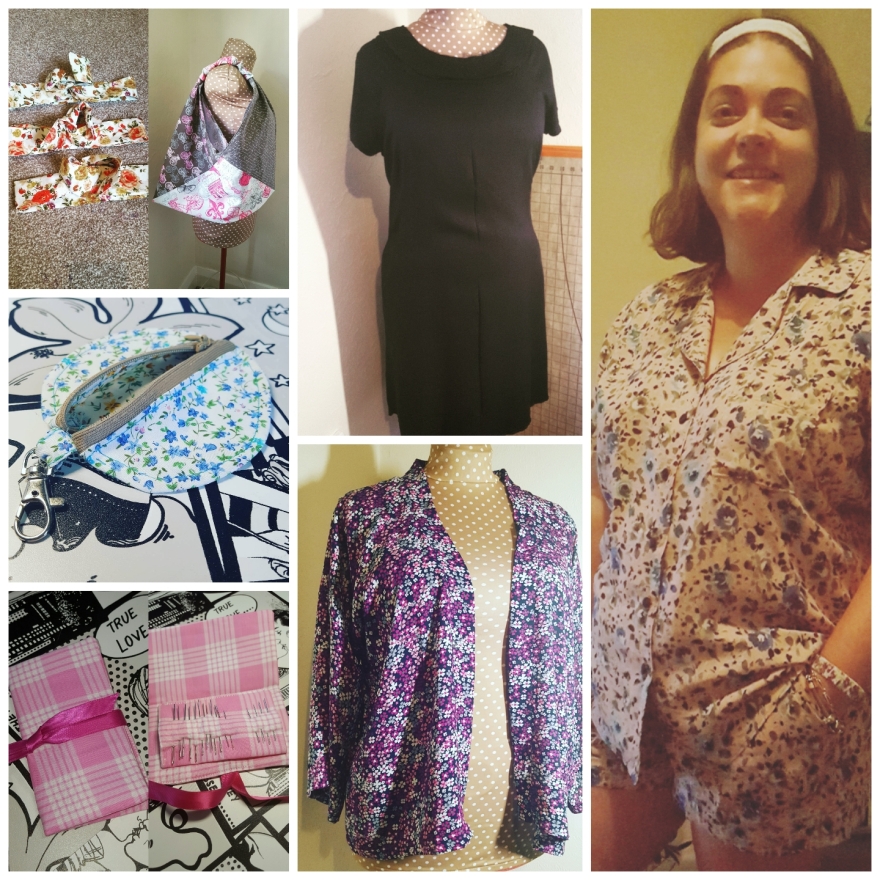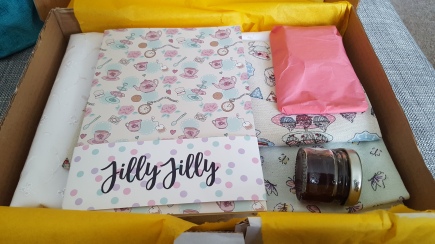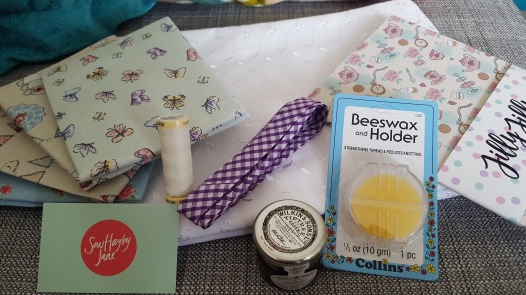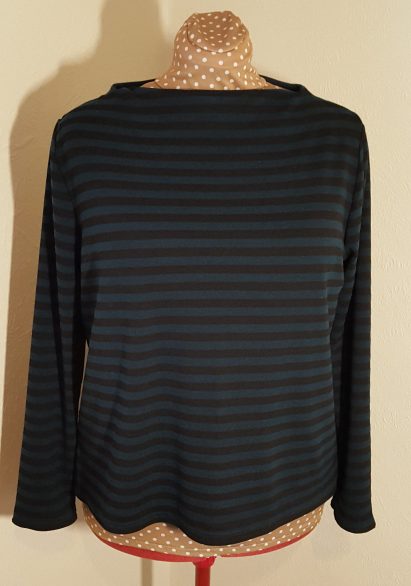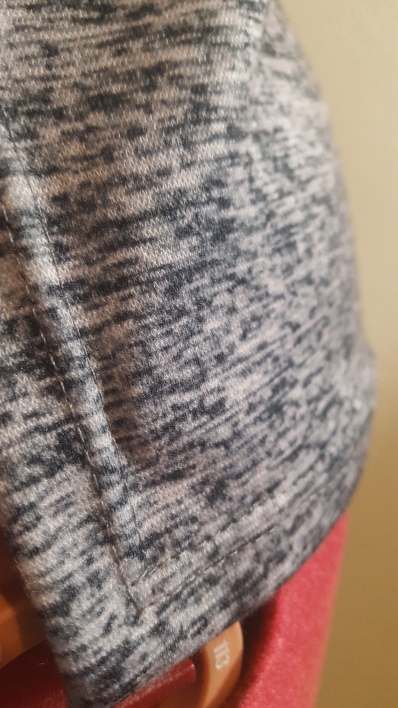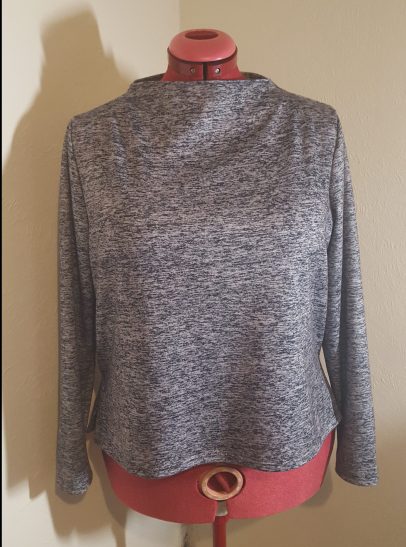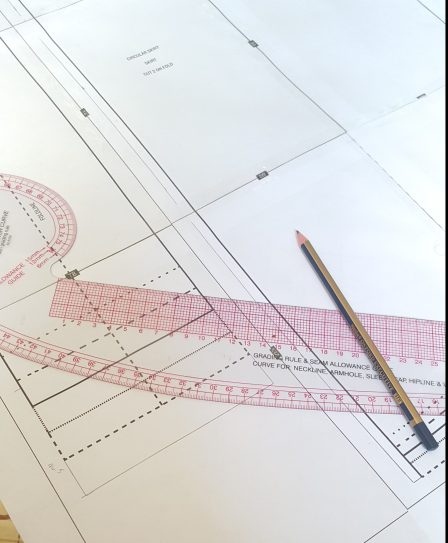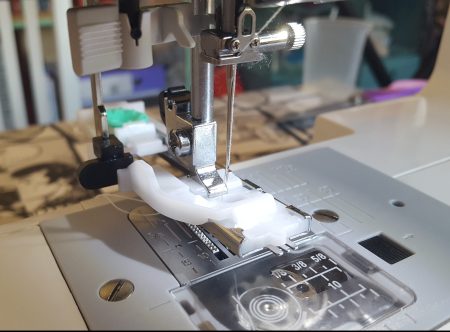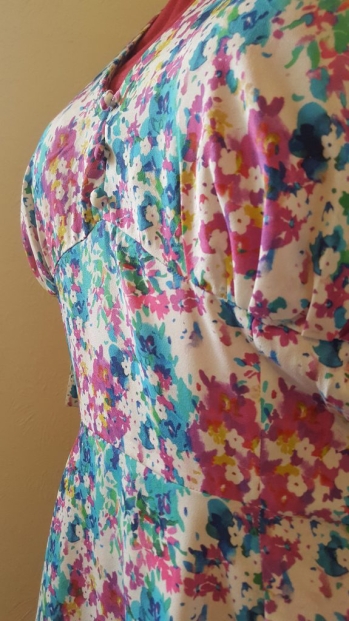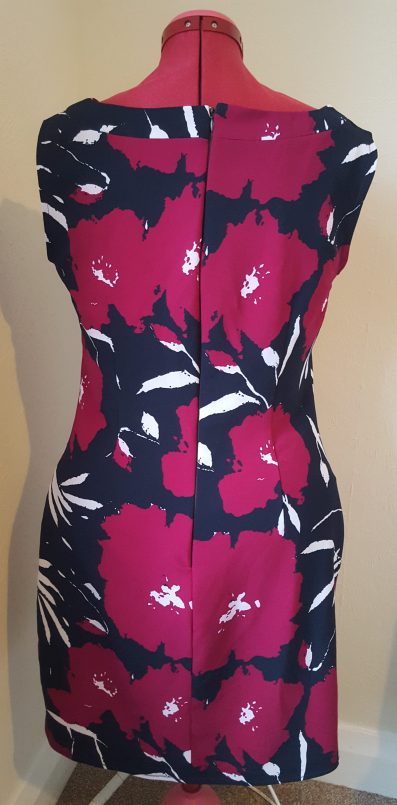Well. There’s been a lot going on in life recently, not least trying to buy our first home… so blogging my makes fell somewhat by the wayside. I found posting on Instagram much easier but even that I’ve had off-periods of.
The last couple of weeks though I have been inspired by a few new-to-me blogs and vlogs (see my updated link list over in the sidebar), so I thought I’d post a round-up of what I’ve been up to, and try to get back into blogging again…
I didn’t quite realise almost a year had passed since my last post!
So here’s a quick-fire summary of what I’ve made in the last year.
Tops – [Clockwise from TL] Threadcount 1502 wrap top, fabric from stash (Knitting & Stitching show March 2016) / Sew Over It Clara blouse, fabric from stash (KSS Oct 2017) / GBSB cami top, fabric from stash (Sew Hayley Jane April 2017) / Tilly & the Buttons Agnes, fabric from stash (KSS March 2016) / another SOI Clara, fabric from stash (KSS March 2017)

Trousers – the only pattern I’ve been brave enough to try so far (Ginger jeans TBC!!) – Sew Over It Ultimate trousers, x 3 in houndstooth from KSS March 2017, swallow print from SHJ May 2017 and floral from SHJ August 2017.
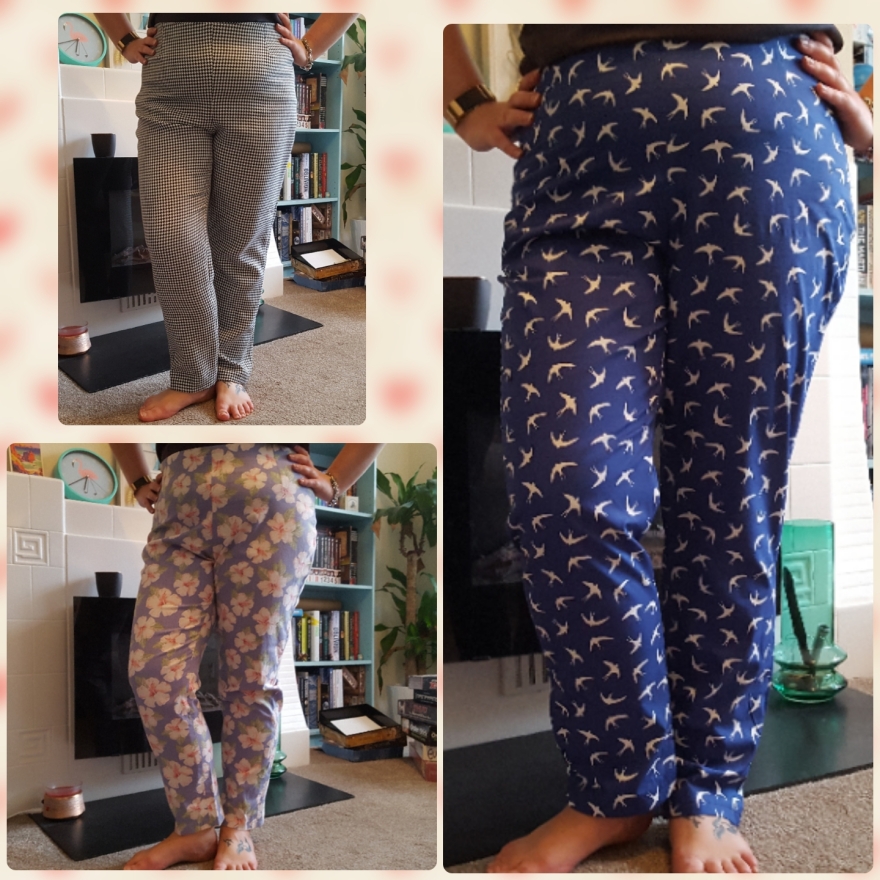
Dresses – [Clockwise from TL] SOI cowl-neck dress, fabric from stash (KSS Oct 2017) / SOI Phoebe dress, 2 fabrics from stash (bodice KSS Oct 2017 & skirt Minerva crafts, Dec 2016) / SOI Penny dress, fabric from stash (SHJ June 2017) / SOI Penny/1940s tea dress hack, fabric from stash (SHJ November 2017)

What I’ve made this month – [Clockwise from TL] Bias binding, chambray fabric from stash / Grainline Scout tees x 3, bird print KSS Oct 2017, black viscose SHJ Feb 2017 with bias trim from deep stash, anchor-print cotton SHJ June 2017 / Self-drafted music tote, fabric from stash (Birmingham rag market Aug 2016) / triangle scarf, fabric from stash (KSS March 2015) / Sew Me Something “Throw it all in” bag, fabric from stash (KSS March 2016).

And finally…knitting! – My knitting has become way more proficient in the last year and especially since finishing my Victory sweater, I’ve had the confidence to tackle a ton more projects.
[Picture 1, Clockwise from TL] Curious Handmade Talisman Shawl, yarn TravelKnitter Tanami 4ply camel silk in Midnight Fireflies / Curious Handmade Winter Rose socks, yarn The Knitting Goddess 4ply sock in Charcoal / Self-designed ‘pixellated’ cowl, yarn Wool and the Gang Feeling Good in Rocky Grey & Forest Green / Curious Handmade Magnolia socks, yarn CoopKnits Socks Yeah! in Obsidian / Curious Handmade Fireflies Rising shawlette, yarn Manos Del Uruguay Silk Blend in Baltic & Danube
[Picture 2, Clockwise from TL] Wool and the Gang Lil’ Snood Dog cowl, yarn WATG Crazy Sexy Wool in Mustard Sally / original 1940s pattern Victory sweater, yarn Cascade 220 Fingering in Ginseng, In the Navy, Puget Sound & Azure / Graffiti on the Metro fingerless gloves, yarn Trailing Clouds Nimbus self-striping sock in Mind The Gap / WATG Get Up headband (actually made 2 of these), yarn WATG Feeling Good in Rocky Grey & Forest Green.


Links:
Sew Over It – Sew Hayley Jane – Knitting & Stitching Show – Curious Handmade – Wool and the Gang – TravelKnitter – The Knitting Goddess – CoopKnits – Trailing Clouds – Sew Me Something

